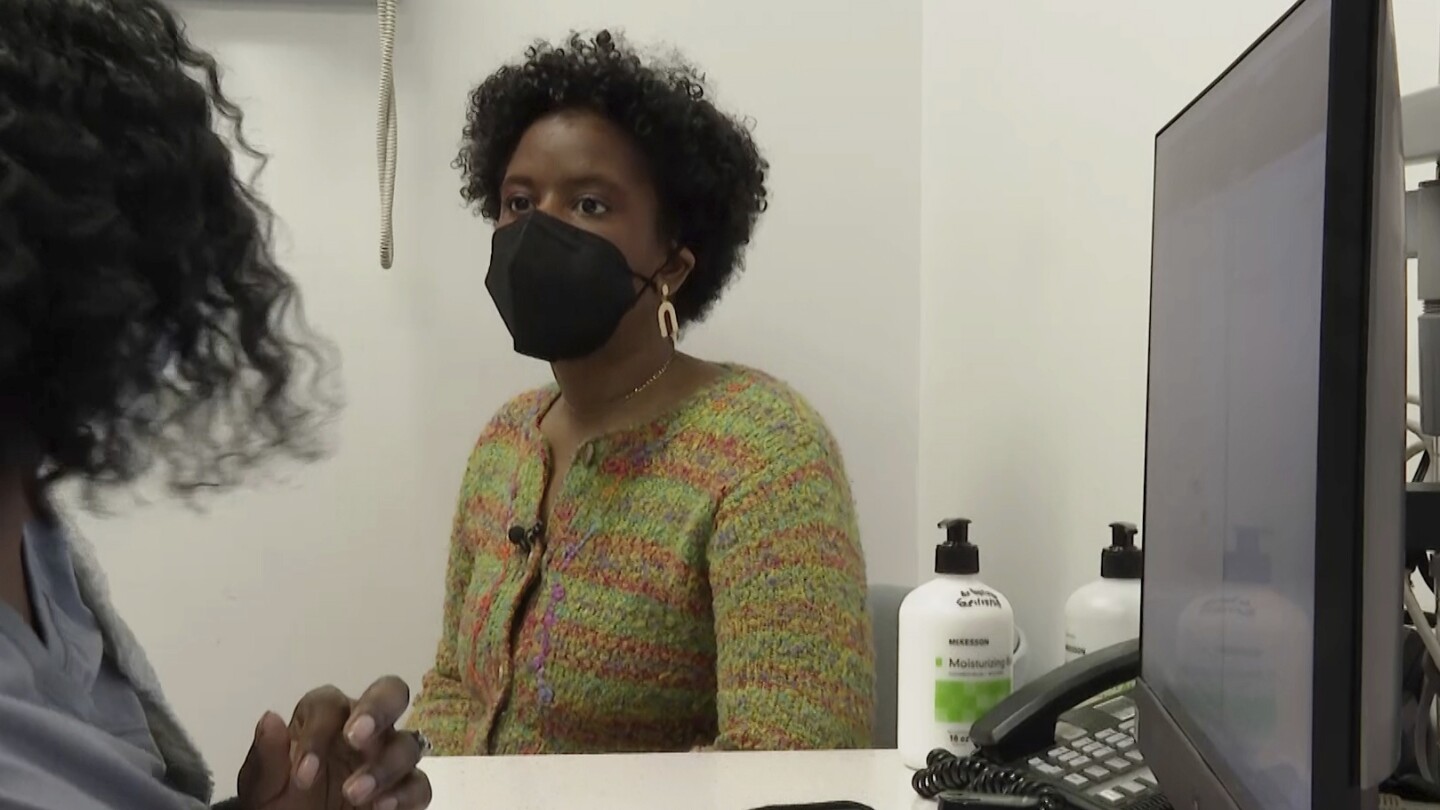At issue is a once widely used test that overestimated how well Black people’s kidneys were functioning, making them look healthier than they really were — all because of an automated formula that calculated results for Black and non-Black patients differently. That race-based equation could delay diagnosis of organ failure and evaluation for a transplant, exacerbating other disparities that already make Black patients more at risk of needing a new kidney but less likely to get one.
A few years ago, the National Kidney Foundation and American Society of Nephrology prodded laboratories to switch to race-free equations in calculating kidney function. Then the U.S. organ transplant network ordered hospitals to use only race-neutral test results in adding new patients to the kidney waiting list.
Dr. Martha Pavlakis (of Boston’s Beth Israel Deaconess Medical Center and former chair of the network’s kidney committee) calls what happened next an attempt at restorative justice: The transplant network gave hospitals a year to uncover which Black kidney candidates could have qualified for a new kidney sooner if not for the race-based test — and adjust their waiting time to make up for it. That lookback continues for each newly listed Black patient to see if they, too, should have been referred sooner.



I’m copying my comment from elsewhere as a jumping off point:
To address your comment about red heads, I’d like to point out that it isn’t the red-headed-ness of a person that creates the effect you’re describing, it is the presence of specific alleles for the creation of pigments that both provide tint to our hair and skin and are also involved in pain/drug metabolic pathways.
Sure, that means that red-heads almost always have the effect you describe, but people with semi-functional or single recessive copies of alleles of the same genes may not have red hair but might have the same pain-pathway dysfunction. These mutations can pop up in individuals of any ethnic background, meaning that it is impossible to rule out the presence of the pain dysfunction based on race, skin, or hair color.
Moreover, in red-heads, individuals may possess mutations in other gene pathways (or epigenetic variation in gene expression regulation) that partially or fully eleviate the effect of the pigment allele mutation. In simple terms, all red heads might have the pain mutation associated with red hair, but some of those individuals might have a separate mutation (that doesn’t change their appearance) that decreases their pain or anesthesia threshold, making the net effect zero. This again means that we can’t be certain of someone’s underlying physiology based on their appearance or race.
source: senior graduate student in epigenetics, gene expression, and with a specific research foci in essentialist beliefs among experts in the biological sciences